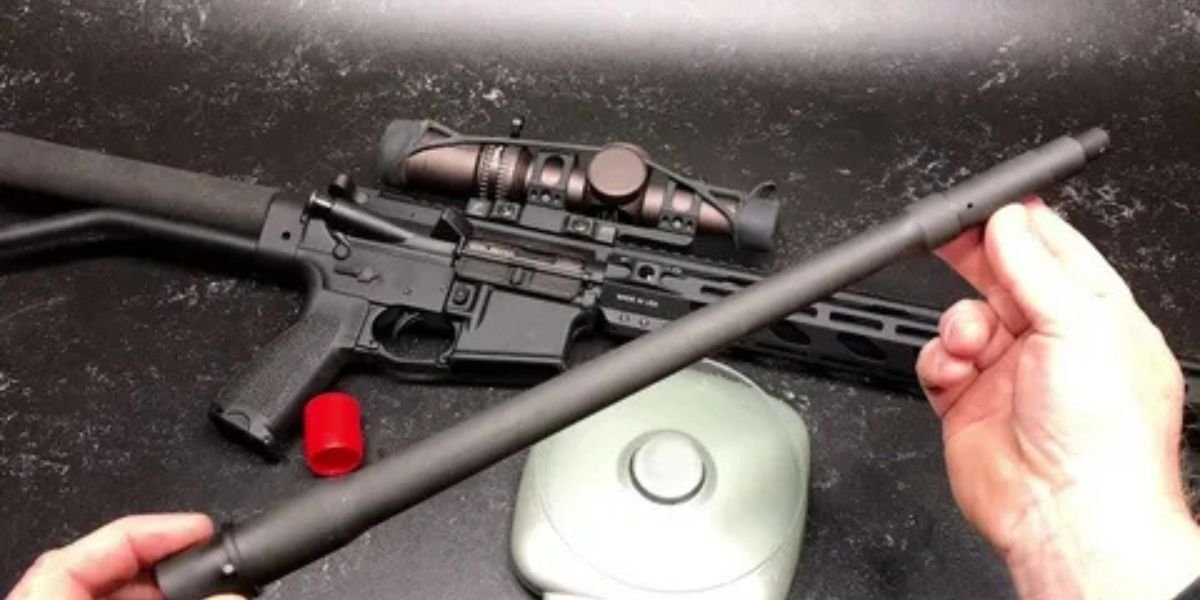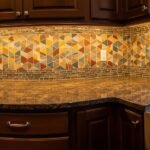Building a reliable and accurate firearm setup often comes down to how well each component works together rather than just the performance of individual parts. Criterion Barrels are known for their consistent quality, but to maximize their potential, pairing them with compatible accessories is essential. The right gas block ensures efficient cycling, optics allow for clear and confident aiming, and suppressors enhance control while reducing noise. We will explore how these accessories can be matched with Criterion Barrels to create a system that operates smoothly, provides stability, and meets the performance goals of the shooter.
Key Considerations for Accessory Compatibility with Criterion Barrels
Gas Blocks and Proper Cycling
Gas blocks play a critical role in ensuring that the firearm cycles consistently with a Criterion Barrel. Since https://virtus-precision.com/product-category/criterion-barrels/are available in different profiles and lengths, the choice of gas block must correspond to the barrel’s gas system. For instance, a barrel with a mid-length gas system requires a block designed for that specific distance to regulate gas flow properly. Using an incompatible gas block can result in issues such as short-stroking, increased recoil, or unreliable cycling. Adjustable gas blocks have become popular for Criterion Barrels because they allow shooters to fine-tune the amount of gas that enters the system.
This is particularly useful when running different types of ammunition or when adding a suppressor, as both can change the pressure dynamics of the firearm. By carefully selecting a gas block that matches the gas port location and barrel profile, shooters can ensure smoother operation and greater longevity of internal components. The right gas block also minimizes wear on the bolt carrier group, ensuring the Criterion Barrel performs consistently over time.
Optics and Barrel Accuracy
Optics must complement the accuracy potential of a Criterion Barrel. Because these barrels are designed for precision, choosing the proper optic ensures that the shooter can take full advantage of the barrel’s capability. A low-power variable optic (LPVO) might be suitable for general-purpose rifles where both close and mid-range engagement is expected, while a high-magnification scope could be ideal for Criterion Barrels intended for long-range use. The optic mount is another important factor, as its alignment with the barrel ensures that the optic tracks accurately and holds zero even after repeated use. Parallax adjustment, reticle design, and field of view should all be considered when pairing optics with Criterion Barrels.
A mismatched optic can make even a highly accurate barrel seem inconsistent, while a properly matched one allows for consistent shot placement across various distances. Additionally, the weight of the optic should balance with the rifle’s overall setup to avoid fatigue during extended use. By aligning the optic’s capabilities with the precision offered by a Criterion Barrel, shooters can create a setup that feels cohesive, accurate, and reliable in a variety of conditions.
Suppressors and Barrel Performance
Suppressors interact closely with the barrel, making compatibility an important consideration. Criterion Barrels can work exceptionally well with suppressors, but the right mounting system and design must be used. A suppressor adds backpressure to the system, which can influence the cycling and reliability of the firearm. This is where the synergy between the suppressor and an adjustable gas block becomes clear. When paired correctly, the Criterion Barrel can handle the increased pressure without excessive recoil or wear. Thread pitch compatibility is also essential, as the suppressor must mount securely to the barrel to maintain accuracy and safety.
Suppressors can also affect barrel harmonics, so choosing a model that aligns well with the length and contour of the Criterion Barrel helps maintain accuracy. Beyond performance, suppressors add weight to the end of the barrel, which can shift the rifle’s balance. Criterion Barrels are often engineered to accommodate these factors, but proper pairing ensures that handling remains consistent. By selecting a suppressor that fits the barrel’s threading, length, and balance, shooters can enjoy quieter operation without sacrificing the accuracy that Criterion Barrels are designed to deliver.
Balancing Accessories for Cohesive Performance
While each accessory—gas block, optic, and suppressor—plays a unique role, the true effectiveness of a Criterion Barrel setup comes when these elements are balanced together. A barrel tuned with the right gas block ensures the system cycles smoothly, an optic aligned with the barrel’s precision ensures accuracy, and a suppressor chosen with the proper mounting ensures reliability. However, balance goes beyond technical compatibility. Weight distribution, shooter comfort, and intended use all factor into how these accessories come together.
A heavy optic combined with a suppressor may create a front-heavy setup, which could be tiring during extended use, while a lightweight gas block and optic could complement a carbine setup designed for mobility. Criterion Barrels provide a foundation of consistency, but thoughtful pairing with the right accessories allows shooters to achieve setups that are not only technically sound but also comfortable and practical. Considering how each accessory interacts with the others is just as important as considering how they pair with the barrel itself.
Pairing Criterion Barrels with the right accessories ensures that performance, accuracy, and reliability remain consistent across different shooting applications. Each component plays a crucial role, but their true value lies in how well they complement one another. A well-balanced setup not only maximizes the potential of the Criterion Barrel but also creates a firearm that feels cohesive and functional. By considering compatibility, balance, and future adaptability, shooters can build systems that remain effective, reliable, and enjoyable over time.
















